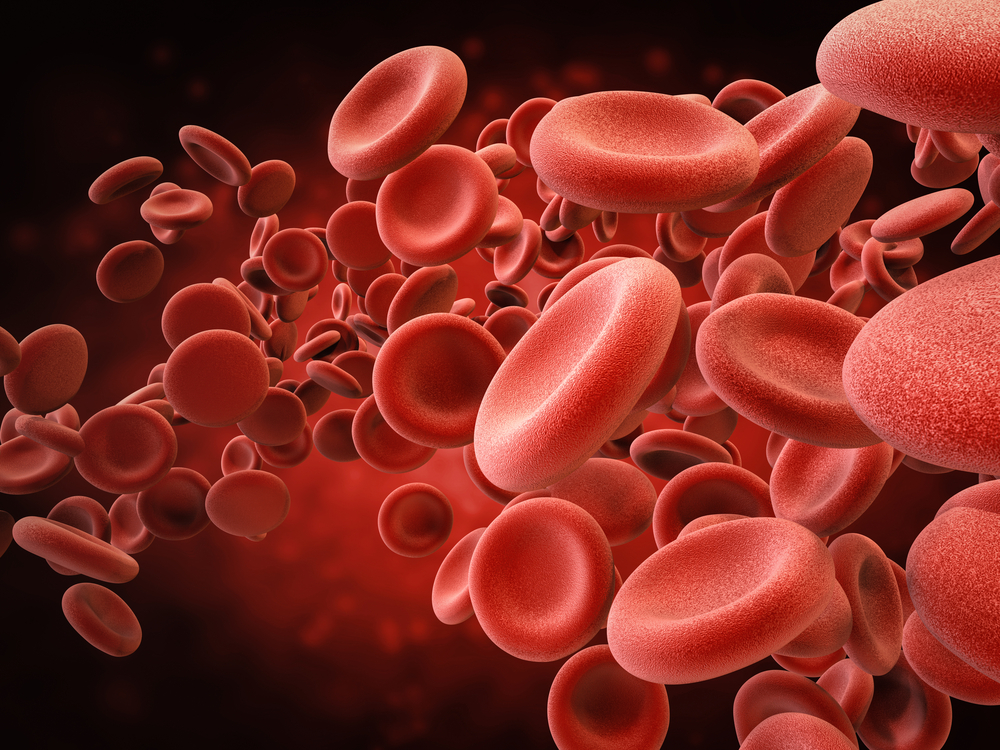Having unequal size of red blood cells is a medical term which is known as Anisocytosis. The disease name itself indicates the actual meaning of it, as “Aniso” means ‘unequal’, and “cytosis” means the ‘number of cells’.
A person has the roughly same size of red blood cells but when it comes to a normal condition. The main cause of abnormal size and shape of red blood cells is Anemia. Red blood cells stored iron which aids in carrying oxygen in the blood. But lack of iron may cause red blood cell reduction. People who are suffering from any blood disease and take drugs for treatment may develop Anisocytosis.
Let’s get into detail about Anisocytosis.
Table of Contents
What are the Symptoms of Anisocytosis?
Oxygen carrying process gets affected when the size and shape of the red blood cells (RBCs) are different or unequal. Symptoms may vary, as it depends on the cause, such as RBCs may be larger than normal (macrocytosis), smaller than normal (microcytosis), or both conditions.
Note: Anisocytosis is a symptom of many blood diseases.
There are some basics symptoms that you may experience, such as:
- Pale skin
- Breathing difficulty
- Fatigue
- Weakness
- Cold hands and feet
- Chest pain
What are the Causes of Anisocytosis?
Anemia is often the main cause of Anisocytosis. It happens due to improper oxygen transportation to body tissues. Not having enough hemoglobin or a high or low amount of irregularly sized and shaped red blood cells may be the cause. Anemia has more types which may be responsible for the unequal size of these RBCs. These types may include:
Iron Deficiency Anemia
Blood loss or poor nutrition may lead to iron deficiency in the body. It may cause not enough iron in the body, which may cause microcytic Anisocytosis.
Autoimmune Hemolytic Anemias
When the immune system destroys the red blood cells mistakenly, it may lead to autoimmune hemolytic anemias. This group of the disease leads to Anisocytosis.
Pernicious Anemia
When the body is unable to absorb vitamin B-12, it may cause pernicious anemia (a type of macrocytic). It is an autoimmune disorder that causes abnormal size and shape of RBCs.
Megaloblastic Anemia
Having larger or fewer than normal red blood cells is a condition known as macrocytic Anisocytosis. Vitamin B-12 deficiency often leads to this condition.
Thalassemia
The major risk factor for thalassemia is genetics which causes abnormal hemoglobin. It also leads to microcytic Anisocytosis.
Sickle Cell Anemia
It runs in the family and results in response to the abnormal crescent shape of red blood cells.
A number of other diseases may also come with Anisocytosis, including:
- Thyroid disorder
- Chronic liver disease
- Myelodysplastic syndrome
- Protein deficiency
- Hemoglobin H disease
- Any genetic disease
- Blood transfusion
How to Diagnose Anisocytosis?
When a person goes through a blood smear or blood test, it aids in diagnosing Anisocytosis. In the case of a smear test, the doctor spreads a blood thin layer on a microscope slide to differentiate cells to see the size and shape of red blood cells RBCs.
An initial test may lead to more diagnostic tests to learn about the main cause of the unequal red blood cells in the body. The medical history of the family also helps the doctors to identify if there is a possibility of this disease development in the body.
People who are on medications for the treatment of any disease or health condition should share with the doctor what diet plan they follow. Your doctor may ask for other tests, such as a complete blood count CBC, vitamin B-12 test, ferritin test, etc.
What is the Treatment of Anisocytosis?
The diagnosis of the cause can help find the proper treatment. People who have iron deficiency and develop Anisocytosis, need treatment, including an iron-rich diet or iron supplements. Other causes may need different treatments.
Myelodysplastic syndrome requires the treatment of a bone marrow transplant.
So, it is crucial to find the cause and get proper treatment.
What are the Complications of Anisocytosis?
People who ignore the symptoms and do not get the treatment may experience other health complications. These may include:
- Rapid heartbeat
- Low platelets or white blood cells in the body
- Pregnancy complications
- Nervous system damage
Can a Woman Develop Anisocytosis?
Yes, iron deficiency anemia may cause Anisocytosis. During pregnancy, women are at higher risk of developing unequal size and shape of red blood cells. It happens because the baby also needs more RBCs from the mother.
Experts from Citi hospital say that early pregnancy may need some tests to run as it will help to find if someone is suffering from iron deficiency. The fetus is in danger due to lack of oxygen, tiredness, or other complications.
Consult the best hematologists if you experience any symptoms related to blood disorders!
